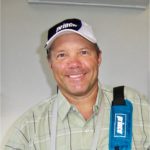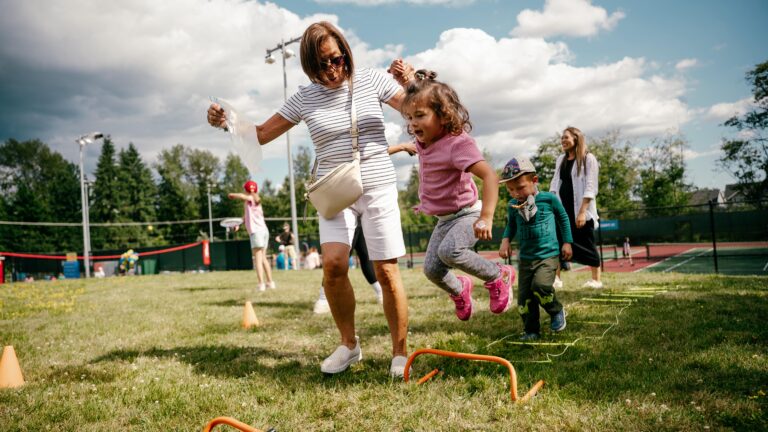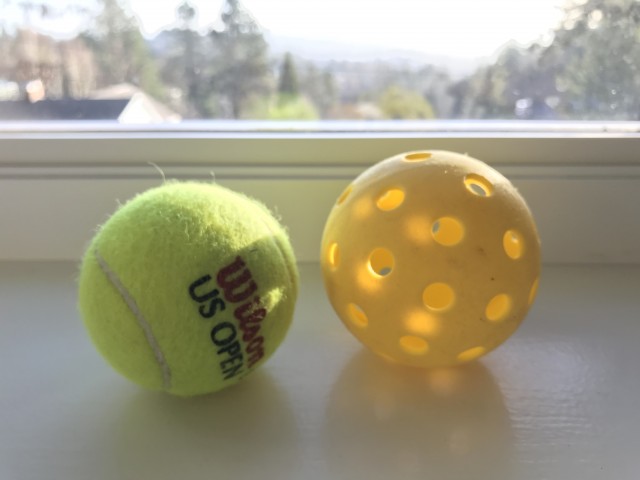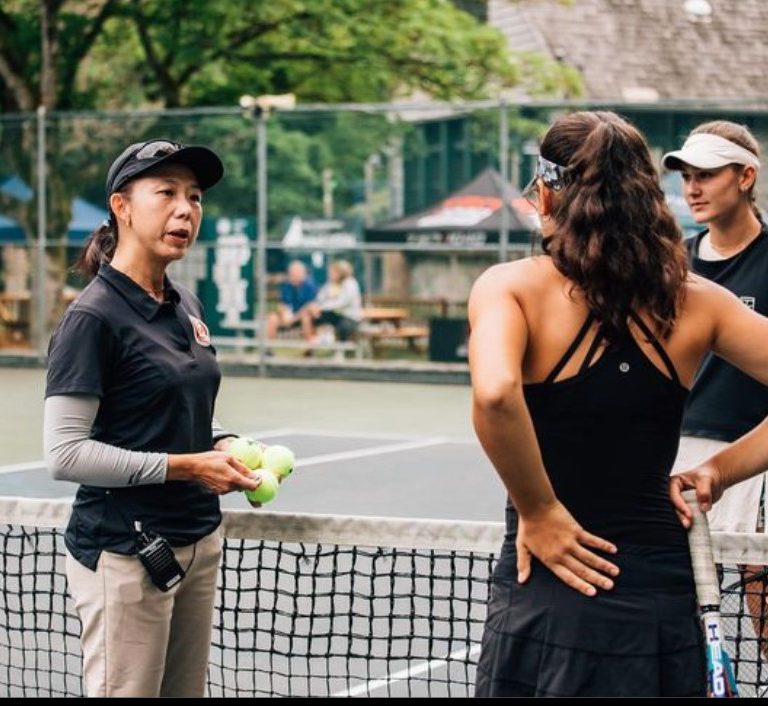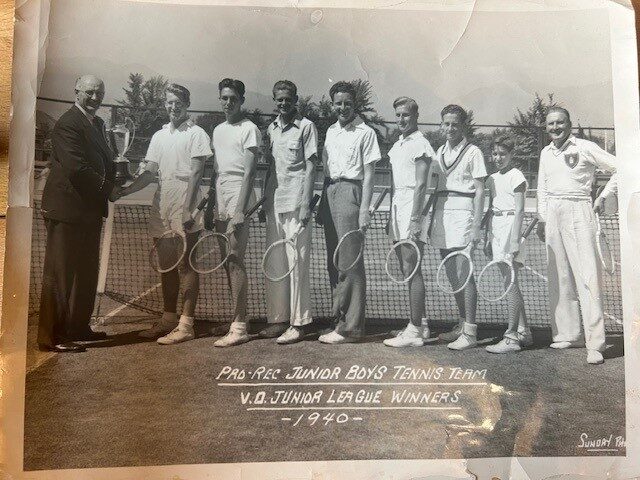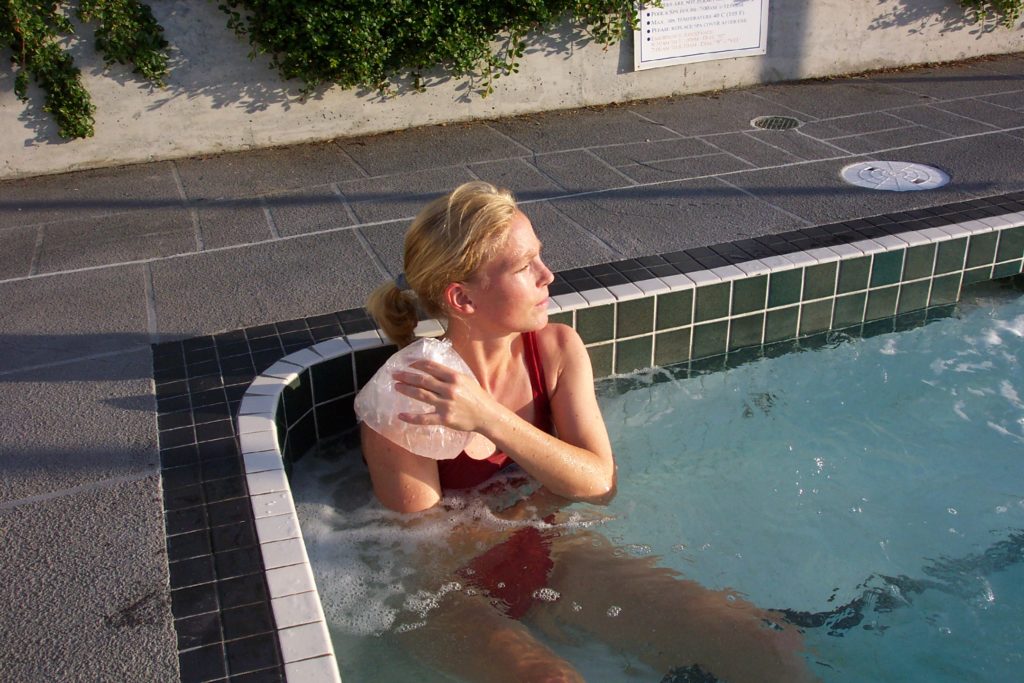
Recovery including hot and cold flush using ice and hydrotherapy or whirlpool are helpful to promote recovery.
Keeping You Fit to Play™ – ABCs of Smart Training (A1 & A2)
By Carl Petersen BPE, BSc. (PT)
Physical training for a summer of tennis should be well under way as thoughts turn to tournaments, league play or grudge matches. While preparing for the season ahead try to follow the concepts outlined in this next series of post entitled ABCs of Smart Training. These ideas will help you increase your training potential, improve your tennis skills and decrease injury potential. This is the first part of a multi-part series.
A1–ATHLETIC STANCE & ALIGNMENT
Proper athletic stance means being prepared for the training activity ahead. In preparation for an exercise think of keeping the knees soft (slightly bent), switch on your core (pelvic tension like a dimmer switch), and keep your shoulders relaxed and down and head neutral. Correct anatomical alignment must be attained and maintained to allow for proper force distribution on the weight-bearing structures during playing and training activities. This can be facilitated by:
- Actively stretching muscles that are usually short and stiff (e.g., hamstrings, hip flexors, calves, and pectorals). Muscles can be easily lengthened in 2 ways: (1)
- Using static stretching where the muscle is held at the point of tension, NO PAIN for 30 seconds and repeated 2-3 times (see previous post, Stretching Your Performance for more ideas) or;
- By doing small ball soft tissue release.
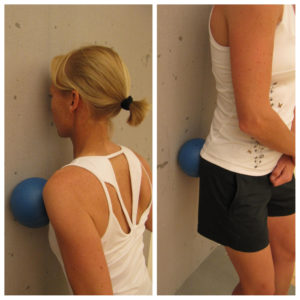
- Actively strengthening muscles that are usually long and weak (e.g., lower abdominals, upper back and posterior shoulder girdle muscles [infraspinatus], and hip external rotators [gluteal muscles]).
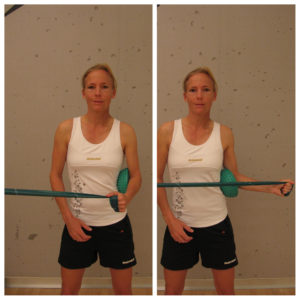
Proper alignment starts with excellent spinal alignment. To align your spine:
- Imagine someone pulling you by the top of your head, lengthening out your spine.
- The neck should be long and the shoulders relaxed, back, and down.
Checks on proper alignment include these:
- During movement emphasize correct knee alignment, with knees always tracking over the toes but not going past them.
- When doing lunges or split squats, keep the line of gravity through the pubic bone of the pelvis to avoid shear forces on the pelvic joints.

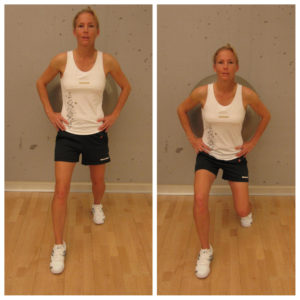
A2–ADAPTIVE TRAINING
High performance and superior levels of tennis fitness are the result of many months or years of well-planned training. Adaptations occur to the body’s systems when they are challenged by new stresses. If the workload is not high enough, no adaptation will occur. If the workload is too high, mal-adaptation occurs, possibly leading to over-training, overuse, and injury. The following are some principles of adaptive training:
- When designing a training program, one must respect the time frames for anatomical, physiological, and psychological adaptation to occur.
- Regular participation—at least 3–6 days per week—in a planned activity outside of tennis.
- Overload:
- The training load must be high enough to tax the body’s systems during a training session.
- Overload encourages physical change and promotes adaptation.
- To achieve overload, the duration of the activity must be long enough to produce a training effect and the intensity of the workouts must increase in a gradual and progressive manner.
- A good rule of thumb is to increase intensity 10 percent per week.
- Regularly scheduling rest or recovery days (at least one per week):
- Helps tissues such as muscle, tendon, ligament, and bone to adapt to the new stresses being placed on them through training and sports.
- Helps prevent staleness or over-training.
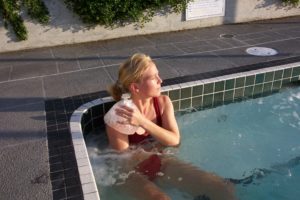
Carl Petersen is a partner/physiotherapist at City Sports Physiotherapy Clinic in Vancouver. He is an internationally recognized speaker and has co-authored the book Fit to Play™ Tennis as well as a variety of other training resources with former WTA professional and current coach and exercise model Nina Nittinger based in Davos Switzerland.
